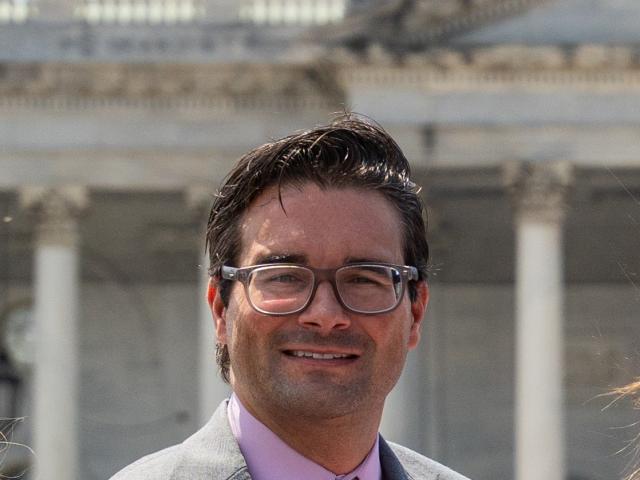Washington, D.C., June 29, 2022 — The House Appropriations Labor, Health and Human Services, Education, and Related Agencies (Labor-HHS) Appropriations subcommittee has proposed a $200 million increase in Alzheimer’s and dementia research funding at the National Institutes of Health (NIH) and $30 million to implement the bipartisan Building Our Largest Dementia (BOLD) Infrastructure for Alzheimer's Act (P.L.115-406) at the Centers for Disease Control and Prevention (CDC) for fiscal year 2023.
“With this proposed increase for research funding and investment in Alzheimer’s public health infrastructure, our nation will move closer to a world without Alzheimer’s and all other dementia,” said Robert Egge, Alzheimer's Association chief public policy officer and Alzheimer’s Impact Movement (AIM) executive director. “This funding will accelerate progress and help achieve breakthroughs in dementia care, treatment and prevention. Thank you to Subcommittee Chair Rosa DeLauro (D-Conn.) and Ranking Member Tom Cole (R-Okla.) for your continued leadership and commitment to the Alzheimer’s community.”
Alzheimer’s Association and AIM advocates and bipartisan congressional champions have driven federal investment in Alzheimer’s and dementia research funding, which has reached over $3.5 billion annually. Because of this increased funding, scientists are able to work at a more rapid pace to advance disease knowledge, explore ways to reduce risk, uncover new biomarkers for early diagnosis and drug targeting, and develop potential treatments. But more work remains.
In December 2018, Congress overwhelmingly passed the bipartisan BOLD Infrastructure for Alzheimer's Act. The law directs the CDC to strengthen the public health infrastructure across the country by implementing effective Alzheimer's interventions focused on public health issues such as increasing early detection and diagnosis, reducing risk, and preventing avoidable hospitalizations. It establishes Alzheimer's and Related Dementias Public Health Centers of Excellence; provides funding to state, local, and tribal public health departments; and increases data analysis and timely reporting.
